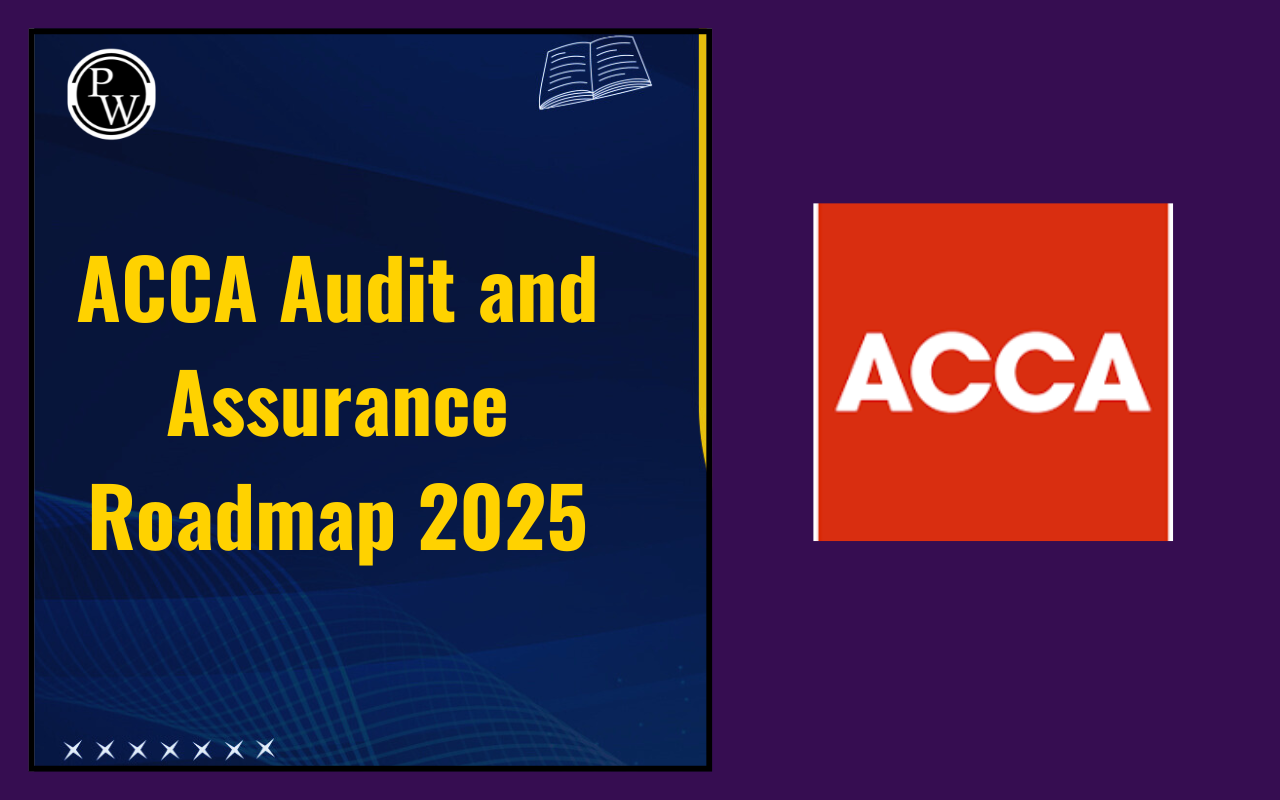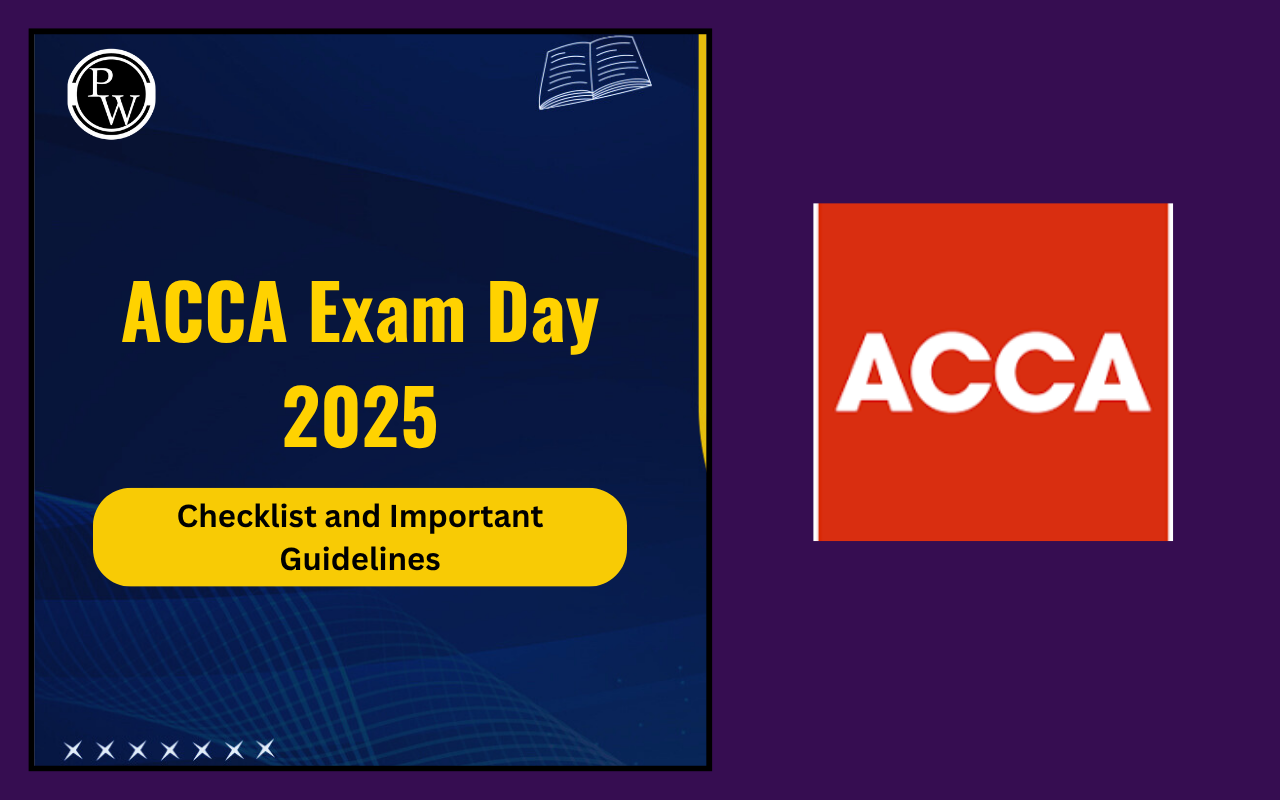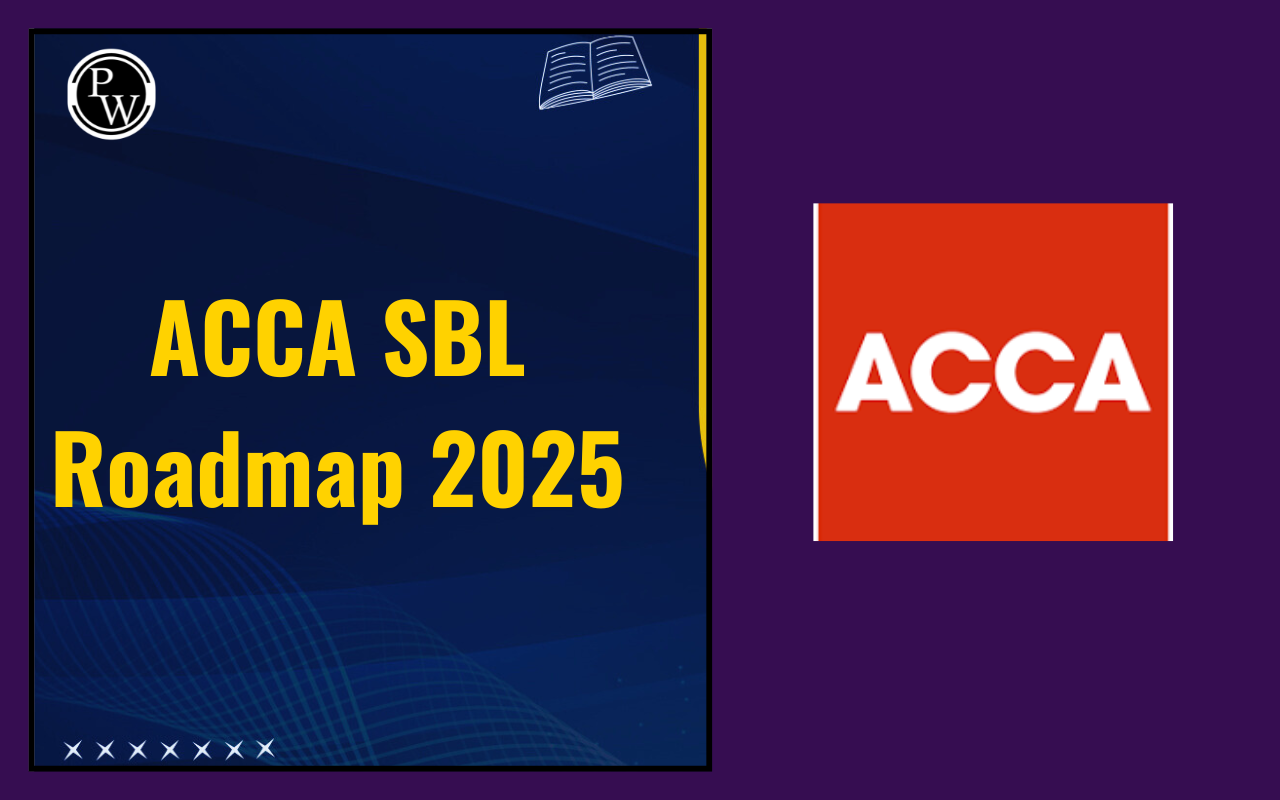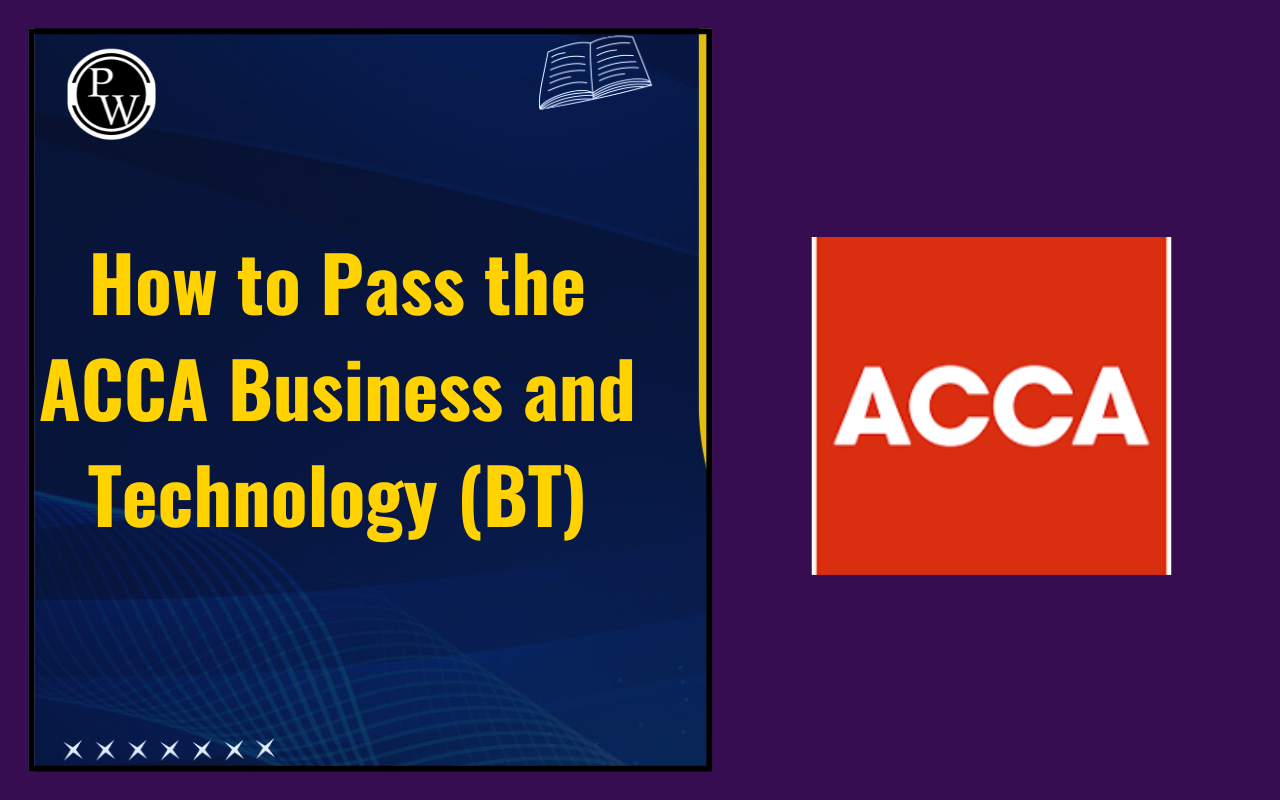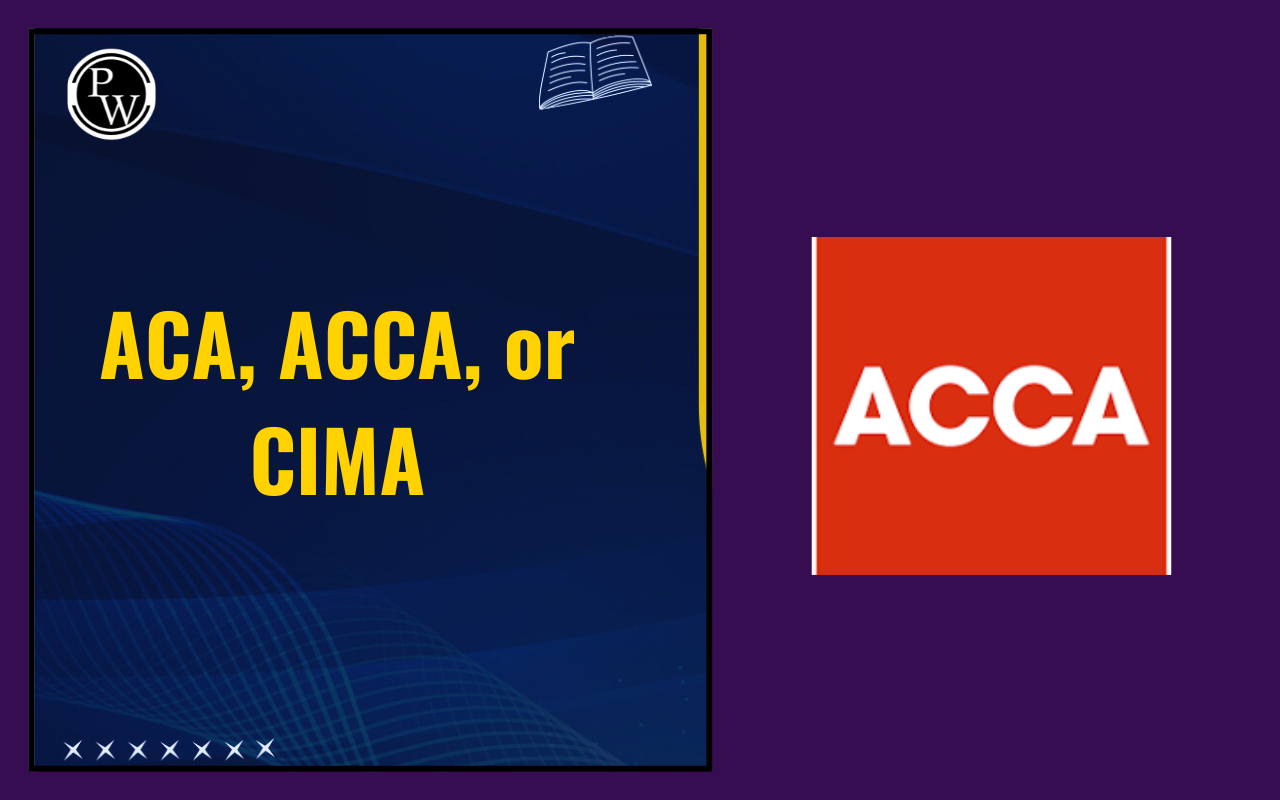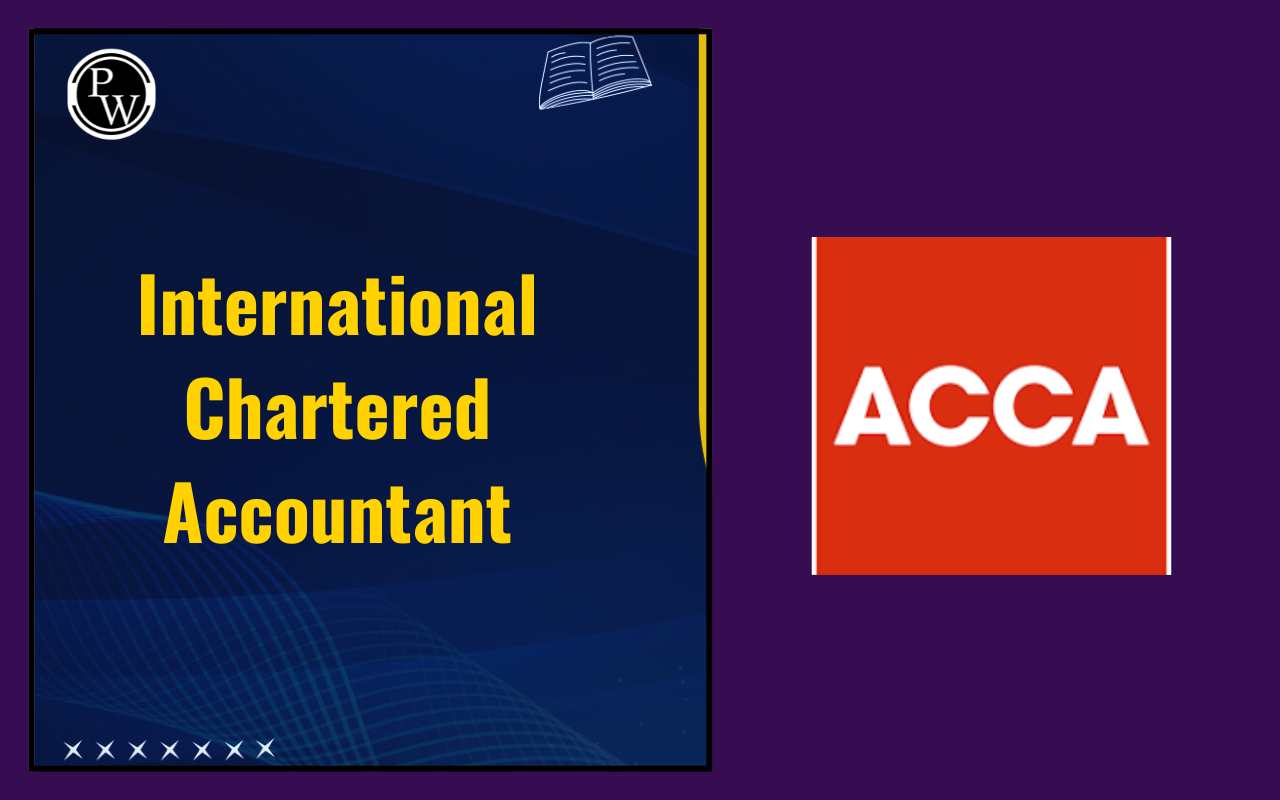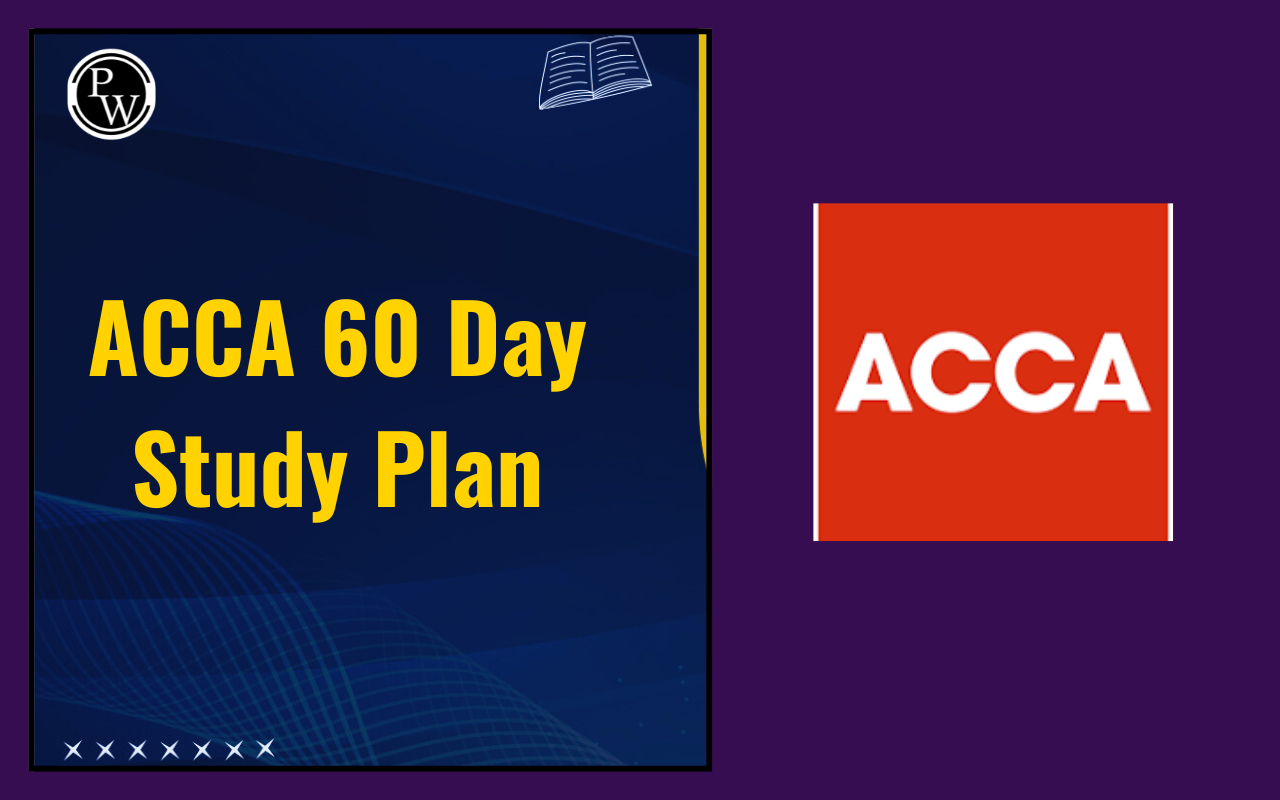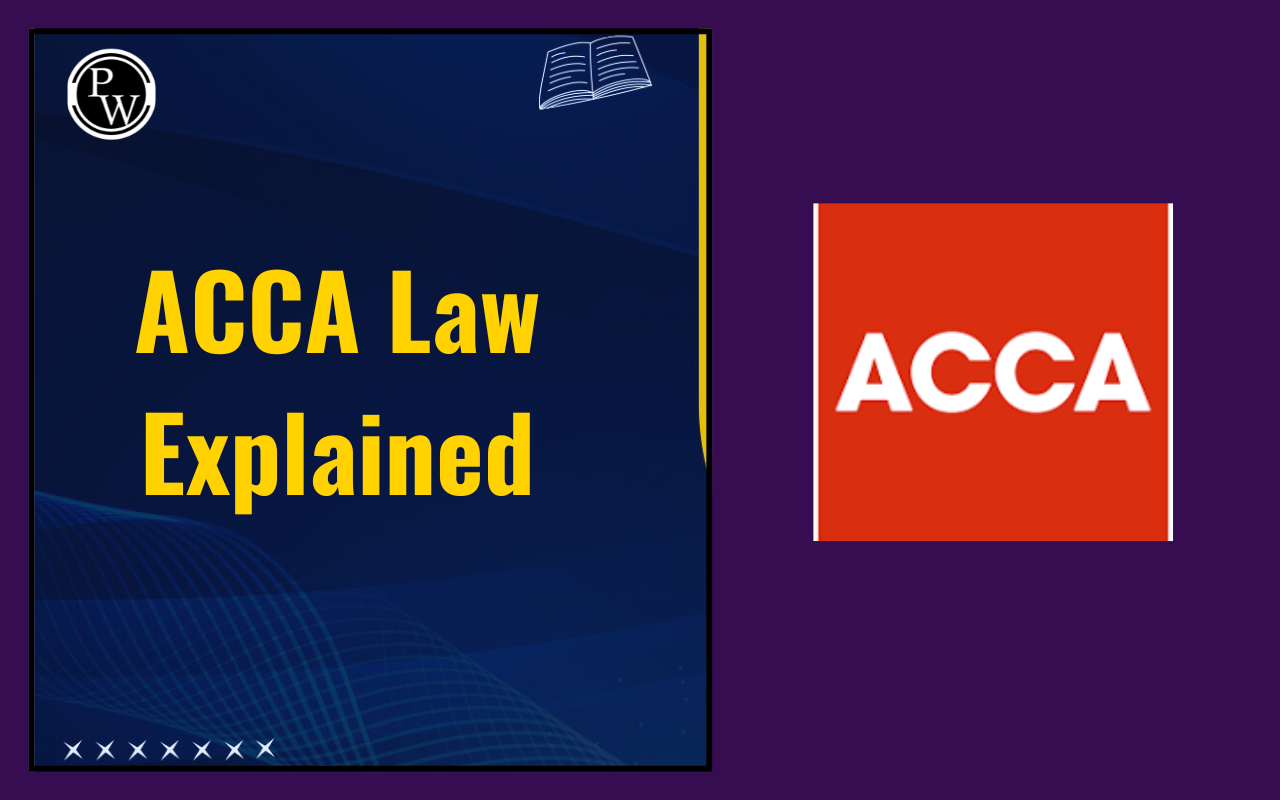
IAS 38 Intangible Assets: In financial accounting, companies usually deal with assets that can be seen and touched, like buildings, machines, or land. But some assets cannot be seen or touched, but they hold great value. These are called intangible assets. To ensure these assets are also accounted for properly, the International Accounting Standards Board (IASB) created IAS 38 Intangible Assets.
For ACCA Financial Accounting (FA/F3) students, these standards are very important. It explains how intangible assets should be defined, recognized, measured, and reported in financial statements. Below, we will go step by step to understand IAS 38 Intangible Assets in a simple way.
What is IAS 38 Intangible Assets?
IAS 38 Intangible Assets is an accounting standard that deals only with assets that do not have physical substance. These assets are non-monetary, meaning they are not cash and cannot be directly converted into a fixed amount of money. Still, they bring value to the business.
The standard applies in both financial accounting and reporting. It helps companies record intangible assets fairly and consistently. For ACCA students, learning IAS 38 makes scoring marks easier since it is straightforward once understood.
Examples of intangible assets under IAS 38 include:
- Patents
- Trademarks
- Goodwill
- Copyrights
- Software
- Customer lists
- Licenses
Also check: IAS 37 PROVISIONS
Important Characteristics of IAS 38 Intangible Assets
To record an intangible asset, IAS 38 requires some conditions to be fulfilled. Below, we’ve mentioned the standard highlights three important characteristics:
-
Identifiability: The intangible asset must be identifiable. This means it can be separated from the company and sold, transferred, or licensed.
-
Control: The company must have control over the asset. In simple words, the company should be able to use it and stop others from using it without permission.
-
Future Economic Benefits: The intangible asset should bring future benefits. For example, a patent can help the company earn profits from its invention.
-
Measurability of Cost: The cost of the asset should be measurable in a reliable way. If the cost cannot be measured, it cannot be recorded as an intangible asset.
Recognition and Measurement of Intangible Assets
Recognition and measurement explain when to record an intangible asset and how to value it in financial statements.
| Recognition of Intangible Assets | ||
| Type of Intangible Asset | Treatment under IAS 38 Intangible Assets ACCA | Notes / Examples |
| Purchased Intangible Assets | Recorded at purchase cost (price paid + directly related costs like legal or registration fees). | Example: Buying a patent from another company. |
| Internally Generated Intangible Assets | Normally not recognized because the cost is difficult to measure reliably. | Example: Self-created brand or goodwill. |
| Research Costs | Always recorded as expenses in Profit & Loss (no asset recognition). | Example: Initial investigation or study of a new chemical formula. |
| Development Costs | Can be capitalized as an asset if conditions are met (intention to complete, future benefits, reliable cost measurement, ability to use or sell). | Example: Creating a working software model ready for commercial use. |
Measurement Models
After recognizing intangible assets, IAS 38 explains two different ways to measure them. These models guide how the asset’s value is shown in financial statements.
| Measurement Models of Intangible Assets | ||
| Model | Description | Usage |
| Cost Model | Asset shown at cost minus amortization and impairment. | Most common method. |
| Revaluation Model | Asset shown at fair value, but only if there is an active market. | Rarely applied. Example: Licenses like fishing quotas. |
This table clearly explains how IAS 38 Intangible Assets Research and Development, and other intangible assets, are recognized and measured.
Check also: IAS 16 PROPERTY
Useful Life and Amortization under IAS 38
Another important part of IAS 38 Intangible Assets is deciding the useful life. Useful life means how long the asset will help the company. The treatment depends on whether the useful life is finite or indefinite.
| Useful Life and Amortization under IAS 38 | ||
| Type of Useful Life | Treatment under IAS 38 | Example |
| Finite Useful Life | Amortized over the useful life using the Straight-Line Method. Cost is spread across the years of benefit. | A software license valid for 5 years will be amortized equally over 5 years. |
| Indefinite Useful Life | No amortization is charged. Instead, the asset is tested annually for impairment. | Goodwill or a brand like Google is tested every year for impairment, not amortized. |
Why Internally Generated Intangible Assets are not Recognized?
Internally generated intangible assets are normally not recognized under IAS 38 Intangible Assets, ACCA. The reason is that they are difficult to measure and control.
For example:
- A company’s internally developed brand.
- Relationships with customers are built over time.
- Internally created goodwill.
These may bring great value, but their exact cost cannot be measured in a reliable way. Hence, only purchased intangible assets are recognized. This keeps financial reporting consistent and avoids overstatement of assets.
IAS 38 Intangible Assets Examples
To understand better, below, we’ve mentioned the examples of intangible assets under IAS 38:
- Brands like Maggi or Fevicol: These names are more powerful than the products themselves. They bring recognition and customer loyalty.
- Patents and Copyrights: Legal rights that give protection over inventions, books, or music.
- Software: A non-physical asset that is used for daily operations.
- Licenses and Franchises: Rights that allow businesses to operate under certain terms.
These IAS 38 Intangible Assets Examples show how non-physical assets add value and shape a company’s identity in the market.
IAS 38 Intangible Assets Summary
To sum up, IAS 38 Intangible Assets is an important standard under ACCA Financial Accounting (FA/F3). It explains how businesses should recognize and measure assets that are not physical but carry significant value.
- Intangible assets must be identifiable, controlled, measurable, and provide future benefits.
- Purchased intangible assets are recognized at cost.
- Internally generated assets are generally not recognized.
- Research costs are expensed, and development costs may be capitalized if conditions are met.
- Assets with finite life are amortized, while those with indefinite life are tested for impairment.
This IAS 38 Intangible Assets Summary makes it clear that intangible assets may not be visible, but they play a strong role in financial reporting and business growth.
IAS 38 Intangible Assets FAQs
What is the main purpose of IAS 38?
How are research and development costs treated?
Why are internally generated intangible assets not recognized?
What is the difference between amortization and impairment?


